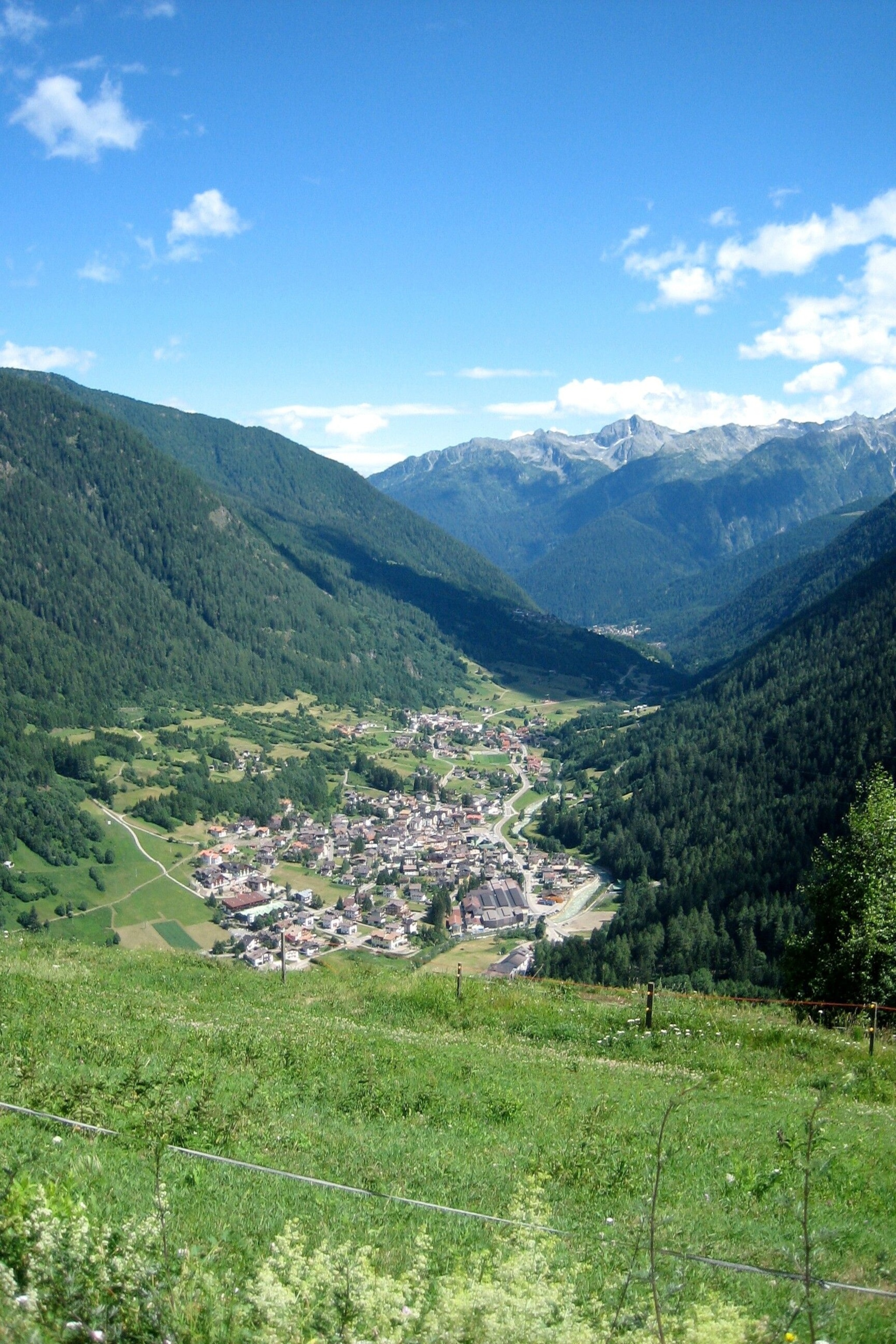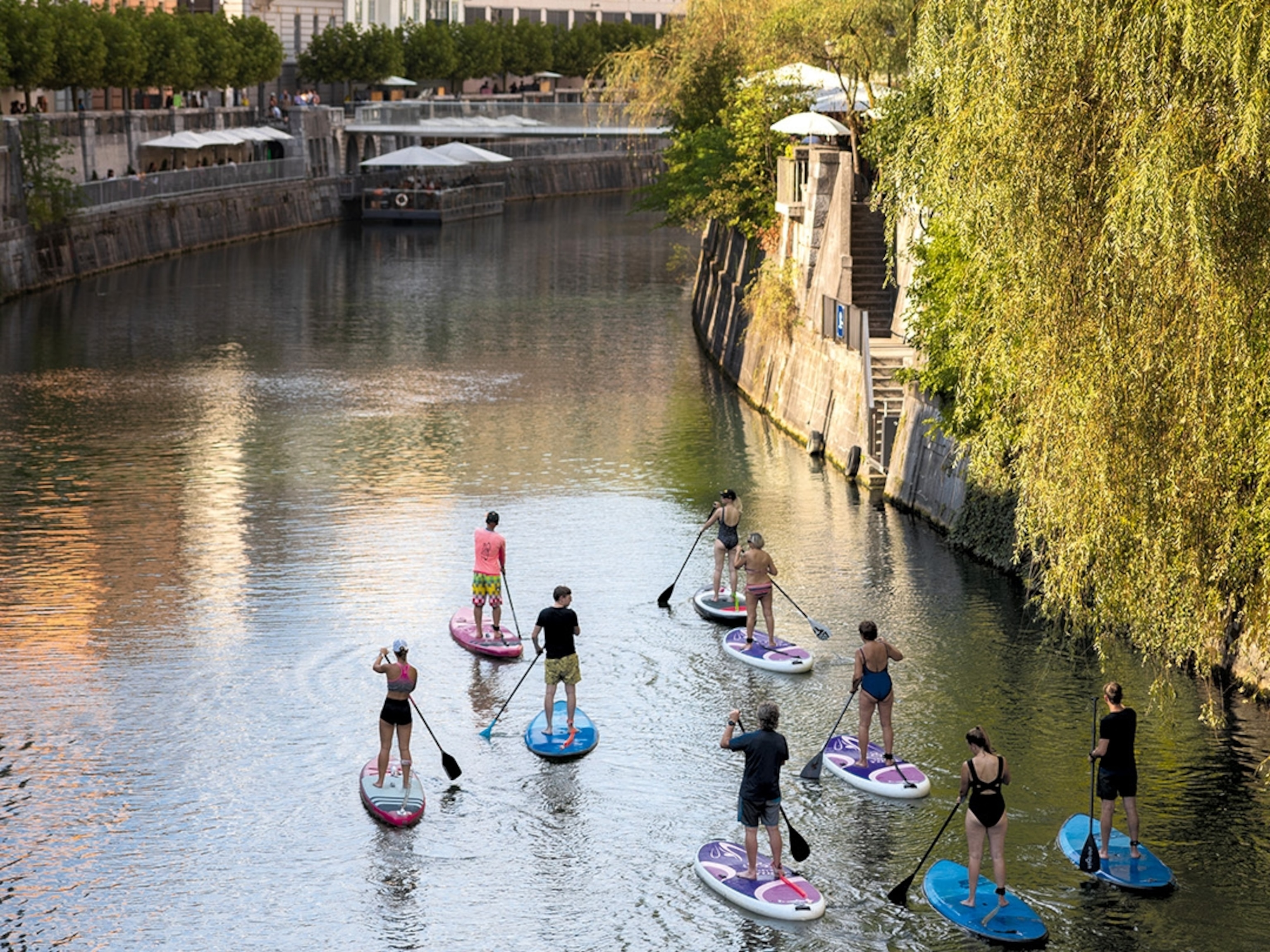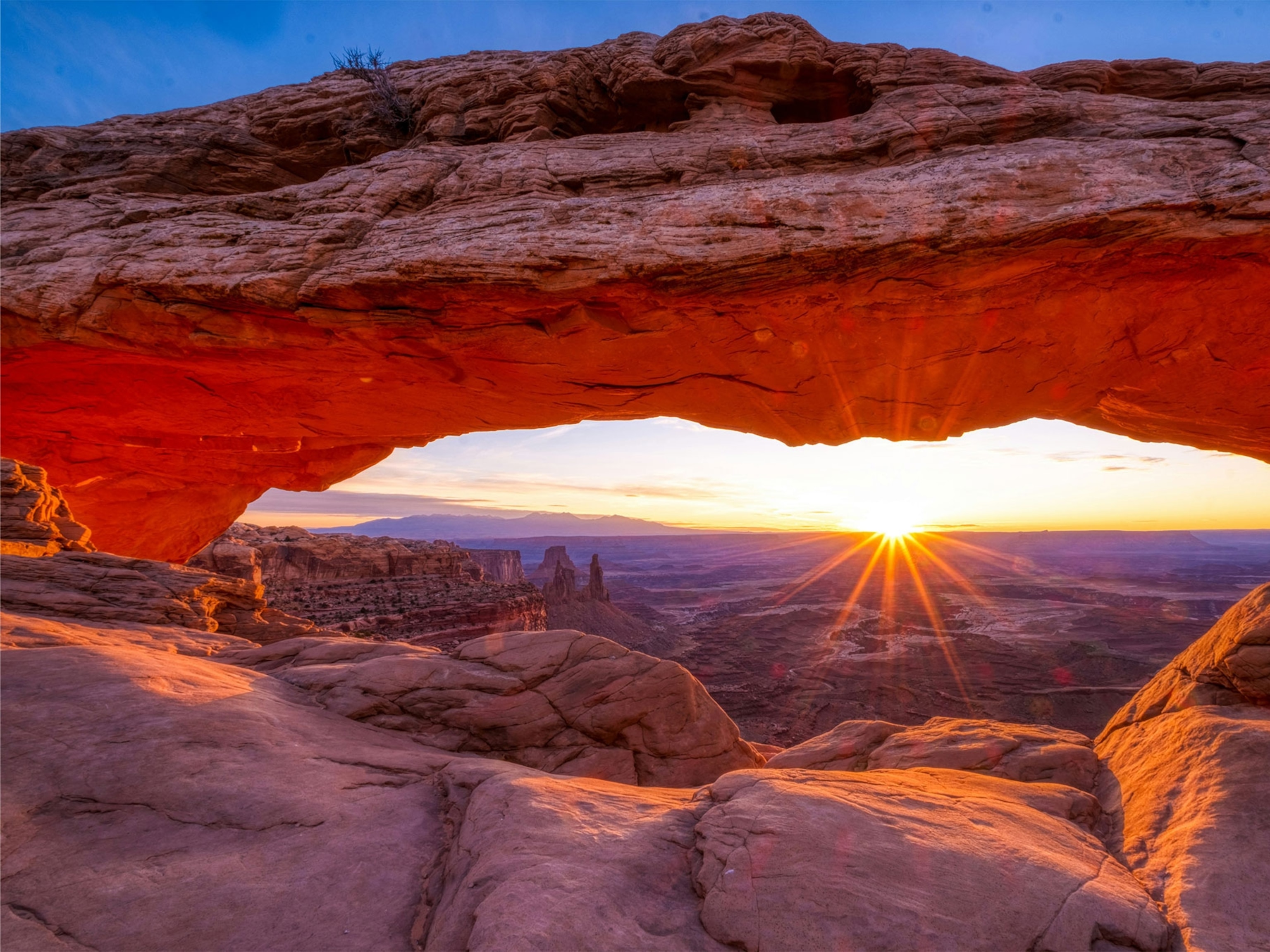
Five relaxing experiences in Trentino and South Tyrol, Italy’s adventure capital
Beyond the alpine trifecta of skiing, hiking and rock climbing, this Northern Italian region champions a culture that’s all about slowing down — often far from its big-hitters.
A succession of saw-toothed, razor-sharp peaks, the Dolomites are the showpiece of Trentino and South Tyrol. The Italian Alps’ most iconic sub-range is a playground for year-round adventure, set against a backdrop so beautiful UNESCO named it a World Heritage Site in 2009. With the acknowledgement came national and international attention — so much so that, in recent years, local authorities have trialled measures to regulate the peak-season stream of day-trippers to favourites like the Sella Pass and Lake Braises.
The good news is that, for travellers willing to get off the tourist trail, there's a whole different side of Trentino and South Tyrol to explore — one that encourages discovering the region's lesser-known corners and culture at a slower beat.
1. Forage for a local feast
Autumn is mushroom-hunting season, when you’ll find porcini, chanterelles and honey mushrooms sprouting near trees and among the fallen leaves and bushes. One of the easiest wooded areas to access is Val di Fiemme, where a trail takes mushroom-hunters through meadows, over bridges and past waterfalls (visit the local tourist offices to get foraging advice and local permits). If you’d prefer to let the experts lead the way, go mushrooming in the summer with a guide in Val di Sole, learning how to carefully (and safely) forage in the forest before cooking up your finds in a classic, creamy risotto.

2. Get grounded with forest bathing
Going for a meditative stroll in the forest, taking in the scents, sounds, sights and sensations of every step, is intended to reduce stress and help reenergise. Beech forests are thought to be among the best landscapes to practice forest bathing, with beech leaves and bark having been shown to release high quantities of aromatic substances and essential oils. In the Fai della Paganella commune, this knowledge has led to the establishment of the 89-acre Parco del Respiro (‘breathing park’), which has four designated trails through beech, spruce, Scots pine and larch trees. Alternatively, numerous hotels incorporate forest bathing into their wellness programmes, with guides sharing mindfulness exercises.
3. Stargaze in some of Italy’s clearest skies
The Dolomites glow in shades of lavender and rose at dusk, but once the sun sets, the celestial show continues above villages like Ossana. Certified by Astronomitaly (the first project to promote ‘astrotourism’ in the country), it’s home to one of the peninsula’s clearest night skies, where local tour operators offer guided dusk treks to prime spots for marvelling at the Milky Way. Over in the Elga Valley, in and above the villages of Collipietra and San Valentino in Campo, Sternendorf aims to be Europe’s first ‘astrovillage’ — a science park complete with a planetarium, an astronomical and a solar observatory, a family-friendly ‘planetary trail’, themed hotels and various astrological events.

4. Soak in Bolzano’s hay and mineral baths
Around the capital of South Tyrol, you’ll find mineral-rich natural springs — 32 to be exact. The water is funnelled into historical bathhouses and spa hotels; at some, the tradition of soaking in water from sulphurous springs dates back centuries. The local farming culture has also maintained and modernised its own ritual of hay baths — a wellness practice that involves laying in tubs of mountain pine, medicinal herbs, wild flowers and heated hay. According to local folklore, the tradition began over a century ago by accident, after local farmers who had fallen asleep in South Tyrol’s Seiser Alm, the largest high-altitude alpine meadow in Europe, woke feeling rested from the previous day’s hard work in the fields.
5. Golf in some of Europe’s highest courses
For golf enthusiasts, now is the prime time to start planning a trip to Italy, with Rome poised to host the Ryder Cup in 2023. Trentino and South Tyrol offer 12 golf courses, fit for beginners and experienced golfers alike, some at an altitude of over 3,000ft. In particular, the nine-hole Golf Club Madonna di Campiglio is one of the highest courses in Europe, surrounded by the Aramello-Brenta Nature Park and backdropped by the Dolomites. Tesino Golf Club La Farfalla, meanwhile, is a truly mountain link: sprawling on and around the hill of Coldanè, the only human intervention here has been designing the greens and teeing grounds.
For more information, visit italia.it/en
Follow National Geographic Traveller (UK) on social media




